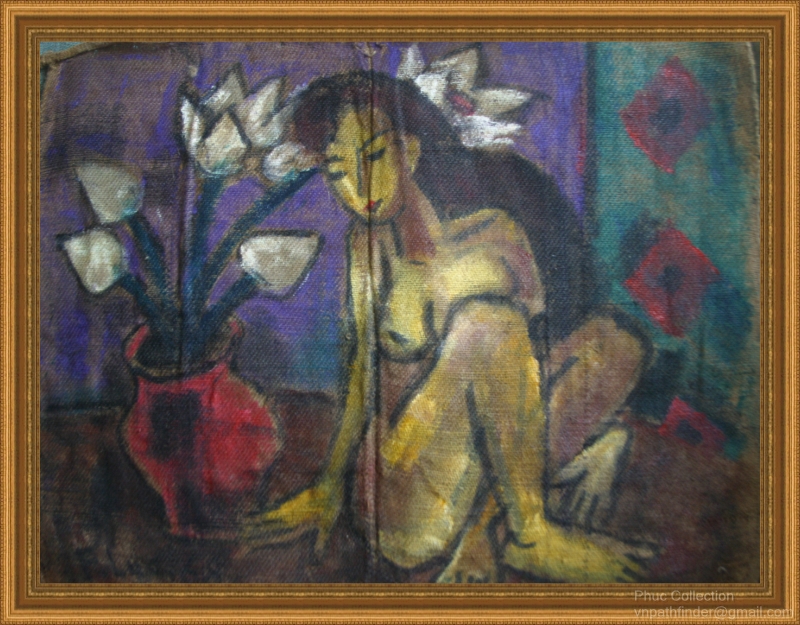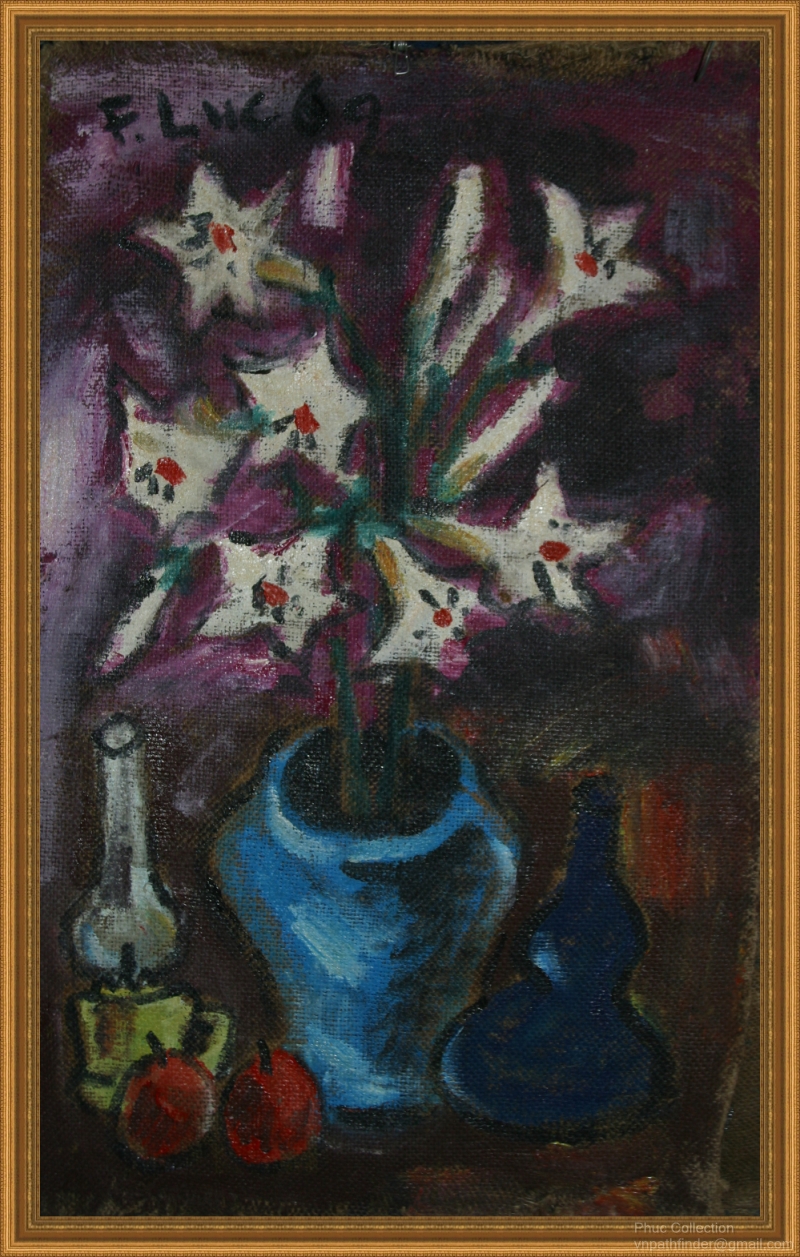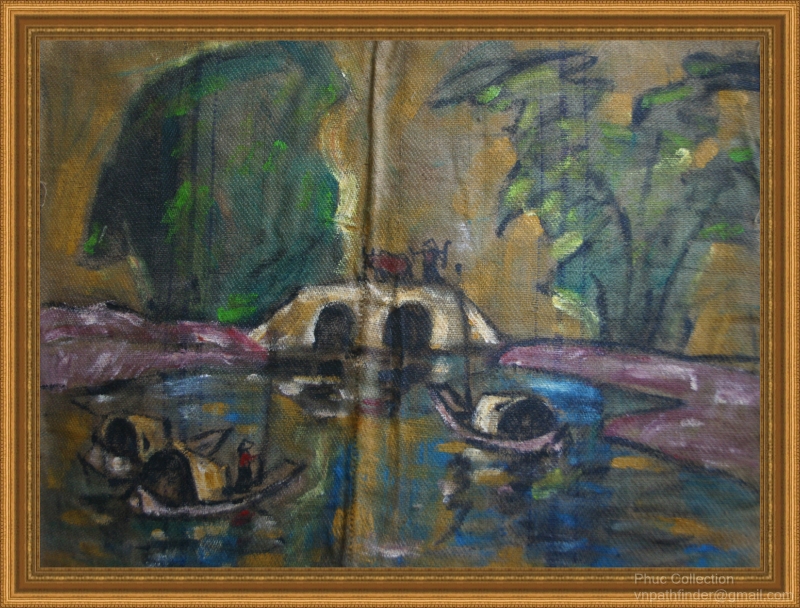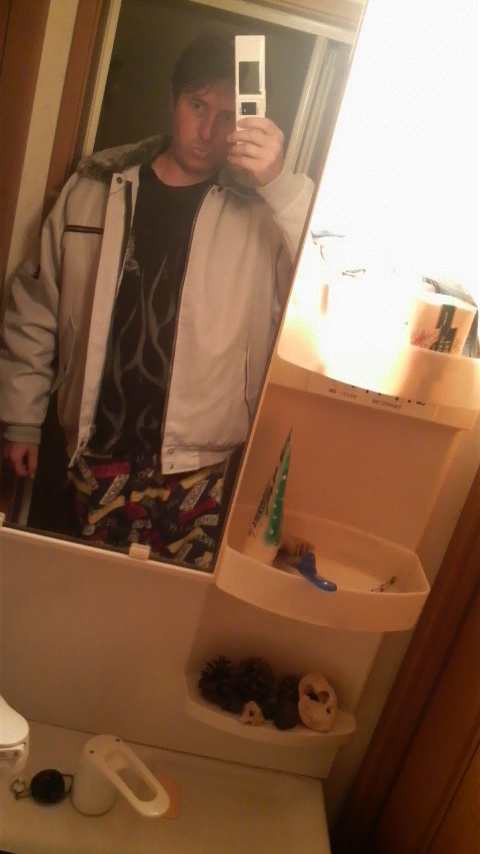 |
| Nude with flowers, by Pham Luc (courtesy Vietnam Pathfinder Travel) |
 |
| Flowers with lamp, by Pham Luc (courtesy Vietnam Pathfinder Travel) |
 |
| Pastoral landscape by Pham Luc (courtesy Vietnam Pathfinder Travel) |
 |
| Nude with flowers, by Pham Luc (courtesy Vietnam Pathfinder Travel) |
 |
| Flowers with lamp, by Pham Luc (courtesy Vietnam Pathfinder Travel) |
 |
| Pastoral landscape by Pham Luc (courtesy Vietnam Pathfinder Travel) |
 |
| Soil liquefaction brings a pond of water to the surface, on the bank of the Edo River, where the baseball teams play (Japan, 2011) |
 |
| Pork gets loaded into my baguette, in Ho Chi Minh City (Vietnam, 2010) |
 |
| The next time I go to Iceland, I might wear this ensemble, which is about 35 per cent Uniqlo-derived (Japan, 2010) |
 |
| Buddhist monks of Khmer Krom. |